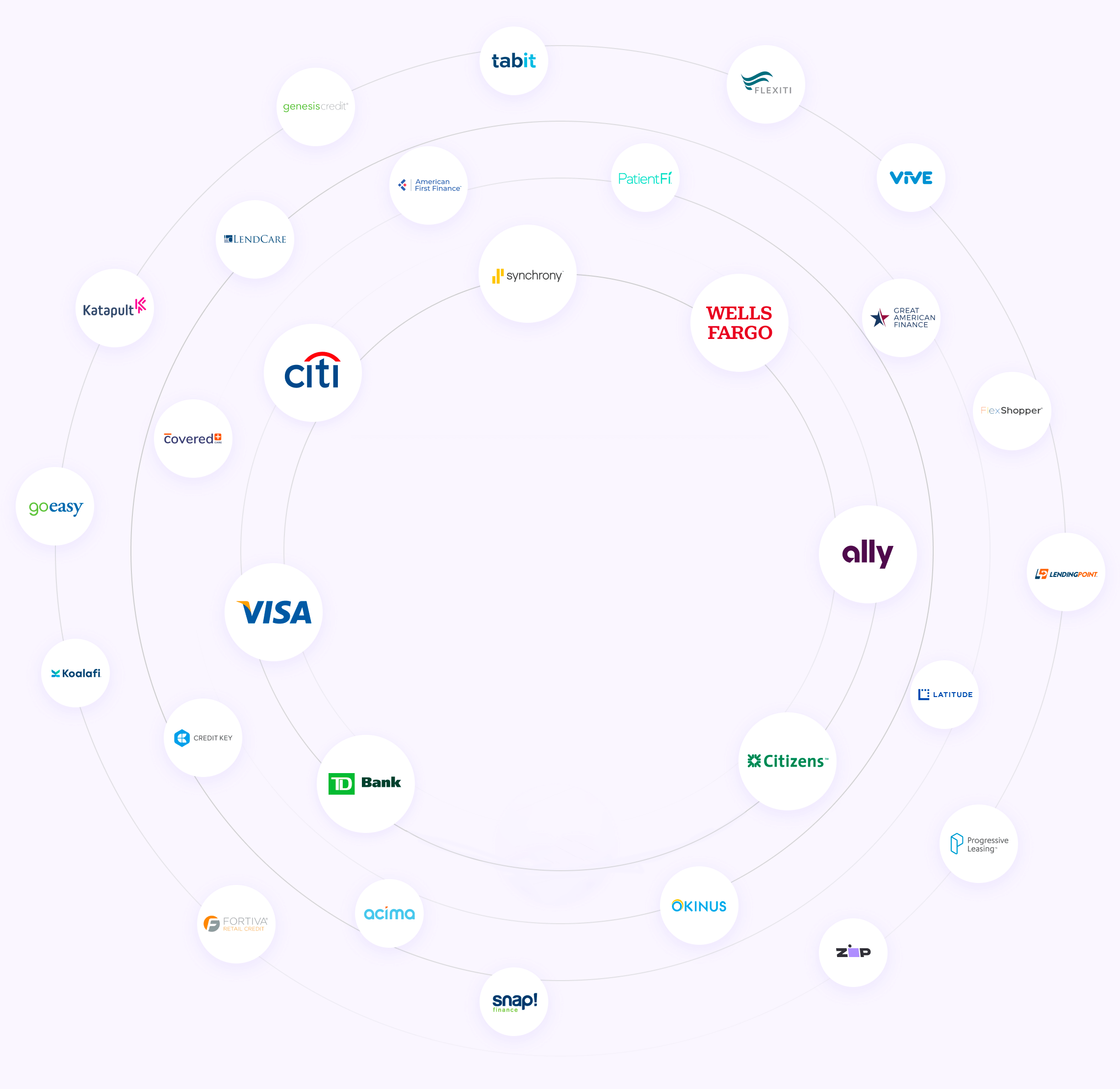POS lending (Point-Of-Sale lending) is related to point-of-sale financing
What is POS lending?
POS Lending, is consumer financing which is embedded into the purchasing process at the point of sale. It enables the purchaser with financing/lending options to acquire goods or services and spread the cost over time. Unlike traditional loans, which can be obtained separately from a purchase, point-of-sale lending provides a quick and easy way to access immediate financing when making the purchase without paying the full amount upfront.
How Does POS Lending Work?
The operation of point-of-sale lending is a testament to the sophistication of modern financial technology. It begins when a consumer purchases but opts for financing at the point of sale. The process follows: First, the consumer selects their desired products and proceeds to the checkout. Here, instead of paying the entire amount upfront, the option for POS lending is presented. The customer then enters a few pieces of personal information into a secure digital platform integrated with the retailer’s payment system.
The lending software swiftly processes this information and conducts a real-time credit check facilitated by algorithms that instantly assess credit risk. Factors such as credit score, purchase history, and sometimes even social data determine eligibility. Once approved, the loan terms—including the installment plan, interest rate, and repayment schedule—are displayed. Upon accepting these terms, the transaction is completed, and the customer leaves with their purchase, having committed to the repayment terms laid out.
This seamless integration makes point-of-sale lending attractive not only because of its convenience but also because it does not disrupt the shopping experience. For retailers, adopting such systems means higher sales volumes and the ability to offer higher-priced items to customers who might not otherwise be able to afford them upfront.
Types of POS Lending Models
POS lending is not a one-size-fits-all solution; it includes various models that cater to different needs and preferences. The most common types are:
- Closed-end Credit: This model is akin to a traditional loan where the consumer borrows a specific amount to be repaid over a set period through fixed monthly payments. Once the loan term is complete, the agreement ends. This predictable and straightforward model makes it suitable for consumers who prefer fixed repayment plans.
- Revolving Credit: Similar to credit cards, revolving credit facilities allow consumers a line of credit for purchases up to a specific limit. Payments are made flexibly, and more credit becomes available as the balance is paid down. This model offers flexibility and is often used by individuals who make frequent purchases in varying amounts.
- Interest-Free Installments: Some point-of-sale lenders offer plans that allow consumers to repay their loans in installments without additional interest, provided the balance is paid within a certain period. This is particularly popular for smaller purchases, encouraging consumers to spend without the fear of accruing interest.
Each of these models has pros and cons, and the choice between them often depends on the consumer’s financial situation and the retailer’s strategy to maximize sales while minimizing credit risk.
Benefits of POS Lending
POS lending offers numerous advantages that contribute to its growing popularity among consumers and retailers. The most apparent benefit for consumers is purchasing goods and services immediately without paying the total amount upfront. This can be especially helpful for managing cash flow or when unexpected expenses arise. Additionally, the flexibility of repayment plans allows consumers to budget more effectively, sometimes with the option of zero interest if the balance is paid within a promotional period.
Merchants, on the other hand, see a significant boost in sales as POS lending can increase the affordability of their products. By offering a financing option at the point of purchase, retailers can reduce the sticker shock associated with high-priced items, encouraging more customers to make purchases they might otherwise defer. Moreover, POS lending options can enhance customer experience, increasing customer loyalty and repeat business.
Navigating the Regulations of POS Lending
As with any financial service, POS lending is subject to regulatory scrutiny to protect consumers and ensure fair practices. Regulations vary by region but generally focus on consumer protection laws and financial industry standards. Regulators such as the Consumer Financial Protection Bureau (CFPB), impose requirements on transparency, mandating that lenders provide transparent information about terms and conditions, interest rates, and any fees associated with the loan. Furthermore, data protection laws apply to handling personal and financial information collected during the lending process.
In some jurisdictions, there has been an increase in regulatory attention as the popularity of POS lending grows. This includes examining the adequacy of existing financial laws in covering new digital lending practices and potentially introducing new regulations to fill any gaps. This evolving regulatory landscape requires lenders and retailers to stay informed and compliant, which can involve additional administrative burdens.
Future of Point-Of-Sale Lending
The future of POS lending appears robust, driven by continuous technological advances and shifting consumer behaviors. As more people become accustomed to digital transactions and seek convenience in purchasing, the demand for POS lending will likely grow. Technological innovations like enhanced data analytics for real-time credit assessments and integration with mobile and online payment platforms will continue streamlining and expanding POS lending services.
Moreover, as economic situations fluctuate, consumers may increasingly rely on the flexible payment options provided by POS lending. This reliance could drive further acceptance and normalization of POS lending across various retail sectors. However, the growth trajectory of this lending model will also depend on how well the industry manages the associated risks and adapts to regulatory changes.
Conclusion
POS lending has transformed how consumers and retailers interact at the point of sale. By offering instant credit options, this financial service facilitates immediate purchases that might otherwise be unaffordable upfront for many consumers. While POS lending presents various benefits, such as increased retail sales and accessible financing for consumers, it also brings challenges and risks that must be managed carefully. As the landscape evolves, retailers and lenders must navigate regulatory changes and market shifts thoughtfully. POS lending is poised for further growth and could play a significant role in the broader financial services industry, continuing to innovate consumer finance for the better.




